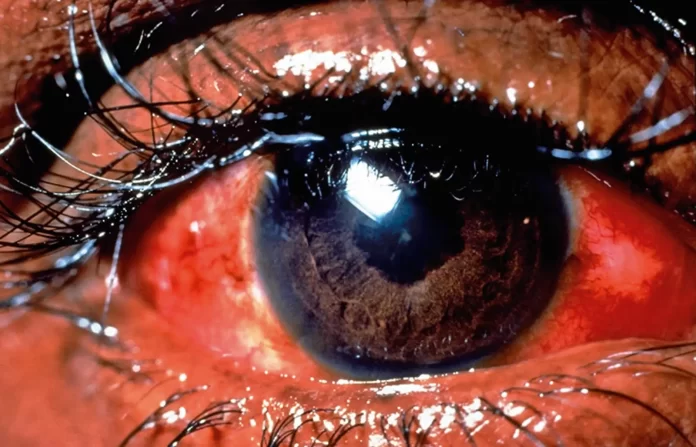The government of Tanzania has issued a health advisory to its citizens due to the viral outbreak of conjunctivitis, commonly known as red eye, which has spread to 17 regions of the country.
The warning has come after the Ministry of Health declared that the red eye disease had already spread in 17 regions, and the confirmed cases have currently risen from 1,109 to 5,359 patients.
According to the Ministry of Health in Tanzania, the massive surge in the outbreak was first reported in Dar es Salaam in early January 2024, and now the hospitals in the city are facing a high influx of patients with the red eye disease.
“Currently, in Dar-es-Salaam, the number of patients has risen from 869 to 4,792 in just two weeks, and this is so worrying,” the ministry noted.
Apart from Dar-es-Salaam, Morogoro, Coast, and Dodoma, the other affected regions where the disease is now prevalent, according to ministry officials, are Singida, Katavi, Kilimanjaro, Mara, Iringa, Njombe, Ruvuma, Simiyu, Mtwara, Lindi, Songwe, Rukwa, and Mwanza.
According to Professor Paschal Ruggajo, the Director of Curative Services, earlier last week, when the disease was detected in Morogoro, Coast, and Dodoma regions, Tanzanians were called upon to take precautionary measures, including washing their hands frequently, so as to prevent it from spreading, though the cases are increasing.
“We need to continue with the same precautionary measures if we are to curb the spread of the disease. Basically, the disease reaches its peak after six weeks to two months, after which cases decline,” Ruggajo said.
He advised the populace to not only wash hands frequently with clean water and soap but also avoid touching their eyes and stop sharing items used by an infected person like pillows, washcloths, towels, eye drops, eye or face makeup, makeup brushes, contact lenses, contact lens storage cases, or eyeglasses, among others.
According to the Tanzanian health authorities from the ministry, there is no specific treatment for the disease, adding that it heals by itself after a period of between four and six weeks. As a result, this has forced many residents to resort to other traditional methods to treat the disease, like washing their eyes with salted warm water, dropping urine or breast milk in the eyes, and using black tea, among others.
Dr. Sarah Mrema from Dodoma Referral Hospital’s Eye Department in Dodoma said that some patients go to the hospital for treatment after using alternative treatment, which does not help the patients but only adds up to more pain.
She further warned against the use of alternative medicines, as they may result in eye wounds or even sight loss.















